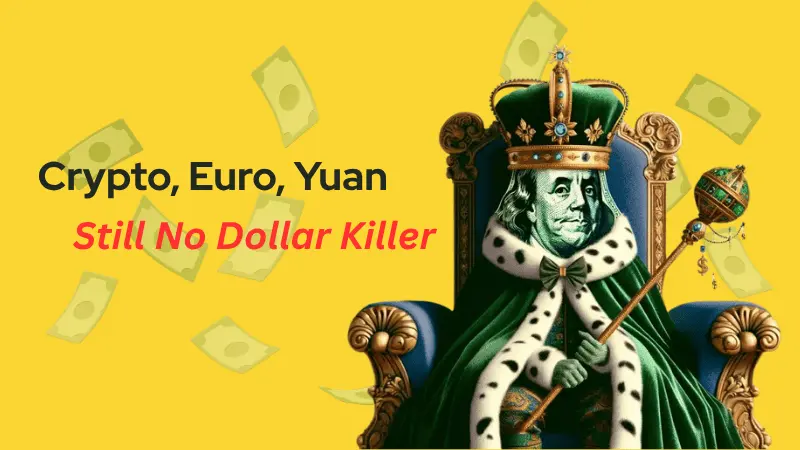Abstract:President Joe Biden said U.S. actions to eliminate supply-chain snarls have staved off a pre-Christmas crisis, ahead of a meeting with U.S. officials and private-sector companies, including FedEx, on Wednesday.

President Joe Biden said U.S. actions to eliminate supply-chain snarls have staved off a pre-Christmas crisis, ahead of a meeting with U.S. officials and private-sector companies, including FedEx, on Wednesday.
Biden created a task force in June to address high prices and shortages of consumer goods and crucial components, thanks to pandemic-related labor and demand issues.
After pushing for round-the-clock port operations, new transport rules and enlisting the help of big retailers including Walmart Inc. and Target Corp, the White House says it has made significant progress.
“The much-predicted crisis didn't occur,” Biden said. “Packages are moving, gifts are being delivered, shelves are not empty,” he said. Shelves at grocery and drug stores are stocked at 90% of their full capacity, he said, and deliveries are happening at a faster rate than before the pandemic.
A record number of goods are moving through Southern California ports faster, with shipping container wait time cut in half, the White House said.
Fedex CEO Fred Smith said supply-chain issues are “not all solved” but that “most of Santa Claus' products will be delivered to the consumers.”
Inflation pressures should ease as labor shortages in the logistics industry are filled, he said. “We think the peak season is going to be a good one.”
Last month, Walmart Chief Executive Doug McMillon said a decision to extend port hours was having a positive impact on the flow of goods.
Retailers pulled holiday imports forward by a couple months and launched Christmas promotions early to ease pressure on the overburdened supply chain.
While thousands of loaded import containers have been cleared from docks since the administration began intervening, the busiest U.S. seaport complex of Los Angeles/Long Beach continues to grapple with a flood of empty containers and about 90 container ships waiting offshore to unload.
Supply-chain issues continue to affect many U.S. industries.
Reuters reported this week that candy-cane makers, like retailers and farmers, have been slammed during COVID-19 with high commodity prices, labor shortages, and transportation and supply-chain snarls preventing them from fully cashing in on the holiday season.
However, corporate profits overall have been strong, with most S&P 500 companies beating analysts' third-quarter expectations.
Pent-Up Pandemic Demand
Much of the shipping crunch resulted from the pandemic. Homebound Americans with unspent travel and entertainment dollars and government stimulus checks splurged on everything from food and refrigerators to toys and exercise equipment. The demand for imports overwhelmed supply chains.
Biden has also sought investigations into excessive shipping fees and possible illegal conduct in oil and gas markets.
Wednesday's meeting included the secretaries of Agriculture, Commerce, Labor and Transportation as well as National Economic Council Director Brian Deese and Port Envoy John Porcari.
Also joining were chief executives of clothing retailer Gap Inc, Kansas-based trucking company Yellow Corp and the American Association of Port Authorities.
The White House on Wednesday also said fuel prices had dropped 12 cents a gallon on average to $3.30 since the recent peak last month, but added that Biden “believes that they are too high, especially given that we are emerging from a once-in-a-century pandemic.”
For more blockchain news, please download WikiBit - the Global Blockchain Regulatory Inquiry APP.










